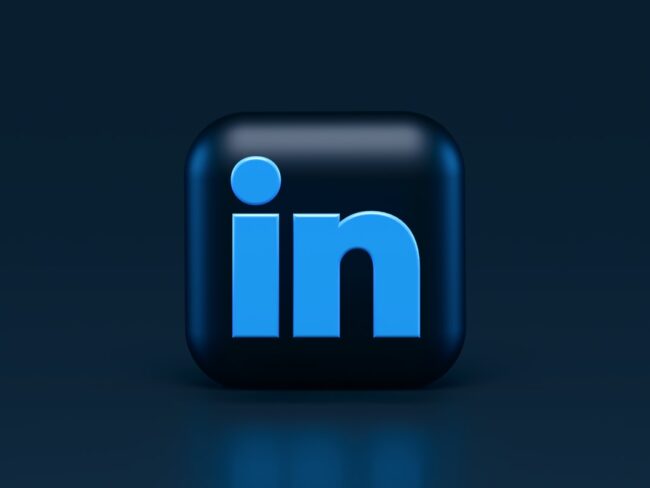Most business owners are used to advertising what they do on common social networks like Instagram, Facebook, etc. However, there’s one that is offering a great potential marketing-wise, ad that is somehow still in the shadow of those networks we’ve mentioned previously. We’re talking about LinkedIn.
At first, it was intended to connect employers and job seekers, but also professionals from various fields of business, those who want to learn and present their business engagements and achievements, it provides the availability of specific information and fast connection.
So, companies used it only for one purpose – to advertise job openings, news and new successes, and search for ways to expand connections in the business world. Although at first glance it may seem that this network is made for individuals looking for a (better) job or for those who want to connect with other professionals or influencers, the fact is that it is a great tool for promoting your business but provided you know how to utilize it for your benefit.
Many small businesses would think it is designed only for big companies, but this kind of attitude is entirely wrong. After all, for success to be materialized, you need to use all the tools available.
So, here are some of the reasons you should consider utilizing it, even if you’re a small business owner.
Two types of marketing

Activities aimed at promoting your business on this network can generally be divided into two groups: passive and active marketing.
Passive considers what most people do on this network: simply have a profile, connect with colleagues and other professionals, regularly update your account and thus attract the attention of potential clients, customers, and all other publics who are essential to the business.
With passive marketing you can achieve the following:
- Raise the visibility of your products and services. For example, through search, people can reach you or your company, and thus the ice is broken. Of course, this requires that your profiles (private and/or business) be truly representative of your business.
- Introduce yourself to potential clients and associates. It is a great place for networking, i.e. connecting with potential customers, clients, but also people who could join your team, successful people in your field from whom you can learn.
- Show what others think of you. Testimonials are, as we know, the best way for customers to reach you, and this network offers just that – that others leave their testimonials and testimonials on your profile, which will surely affect your (online) reputation.
In addition to passive, there’s also active marketing, and its main feature is that it requires greater engagement in communication with followers on this network.
Active marketing consists of regular status updates

Specifically, regularly publish content that is interesting or relevant to your target audience. It should not be (only) information about your products/services, promotions, and similar things; on the contrary, it is better to communicate your values with your companions, and how it will look will depend on the nature of your business.
If you sell, let’s say, paintings, then pictures of your products in an environment, with suggestions on how a space can be enriched or visually expanded, will be more effective than just links to your site where the same products are. It seems like a small difference, but in fact, it is quite big.
Participation in groups. Groups are a place where people from the same industries gather or according to some other criteria (for example, you will join a group that brings together people with similar interests as you).
By actively participating in discussions, you gain space to build your reputation, so do not look at these groups as something where you will squeak when you spend a little time, but as – no less – addressing the public, because it is so.
Correspondence and invitations for people you are connected to. The simplicity and ease with which a person can be contacted through any social network have their pros and cons. Availability is good, but on the other hand, you can easily overdo it and become a spammer, which is by no means recommended. We should not lose sight of the fact that we are dealing with people here as well; just as you wouldn’t walk down the street and stop people from telling them about your business, don’t do it online either.

If by now you think all these features are a little bit too much for a small business to handle, and that you may need an army of people to do all this, rest assured that this isn’t the case. Since we’re talking small businesses, there are tools you can use for automatic profile managing, like Dripify. And the best thing about these is that they work cloud-based. They ensure your activities are done, even when you cannot find the time to deal with your LinkedIn presence.
Just like any other social network, there’s also a possibility to advertise, and for that purpose, you can use the ads option. But depending on what your business is, it may not be as successful a tool as in other networks. Given the fact that it has tons of successful people present, the possibility of turning your small business into a bigger one is also there. That’s why we’ve mentioned how it’s great for networking. If growing your business is something you’re aiming at in the future, then using this network is a must.
In the conclusion, keep in mind that people like activity. Avoid starting your profile and neglecting it, because people will stop taking you seriously, and it can affect your business badly. Make your presence well planned. First do research on all the things you can do on LinkedIn, see what can bring your business the most benefits, and then decide how to steer your profile.
